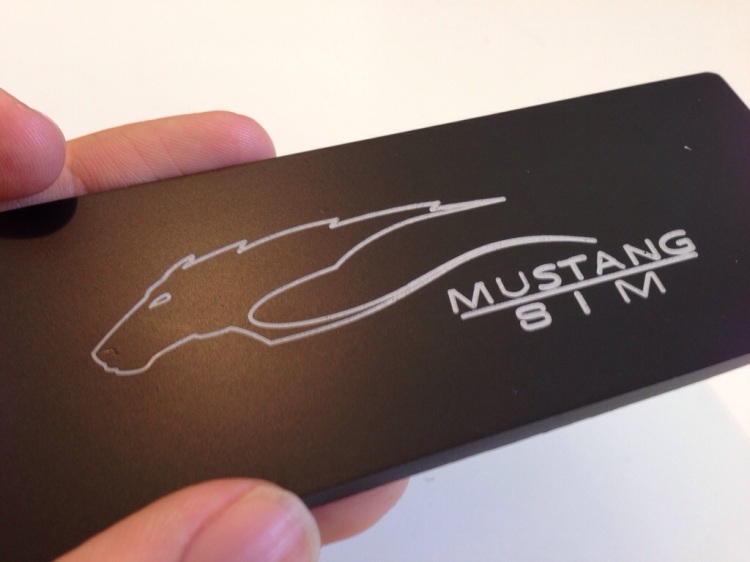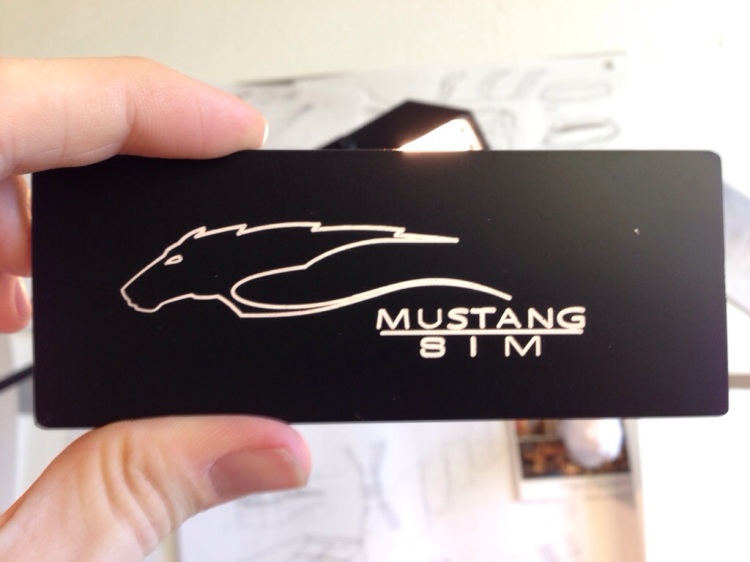I recently came across an old Cessna 172 (?) instrument panel
which was used as a training simulator.
It has a complex interfacing but was not intended for the use with FSX. However its instruments are already prepped with servos and/or stepper motors. Thus making it great for adapting it for our purposes.
The Mustang has, although equipped with the Garmin G1000 flightdeck, three standby instruments: Speed indicator; Attitude indicator and the vertical speed indicator.
In this case I disassembled the attitude indicator unit and found that we don’t need that fancy electrical stuff hidden inside. I disconnected all the unneeded cables and boards and remained with just the mechanics and two servo motors attached to it. I connected the servo cables to our servo driving card and programmed a short script in SIOC (our interfacing language).
A short video in which I am testing the response of the indicator:










